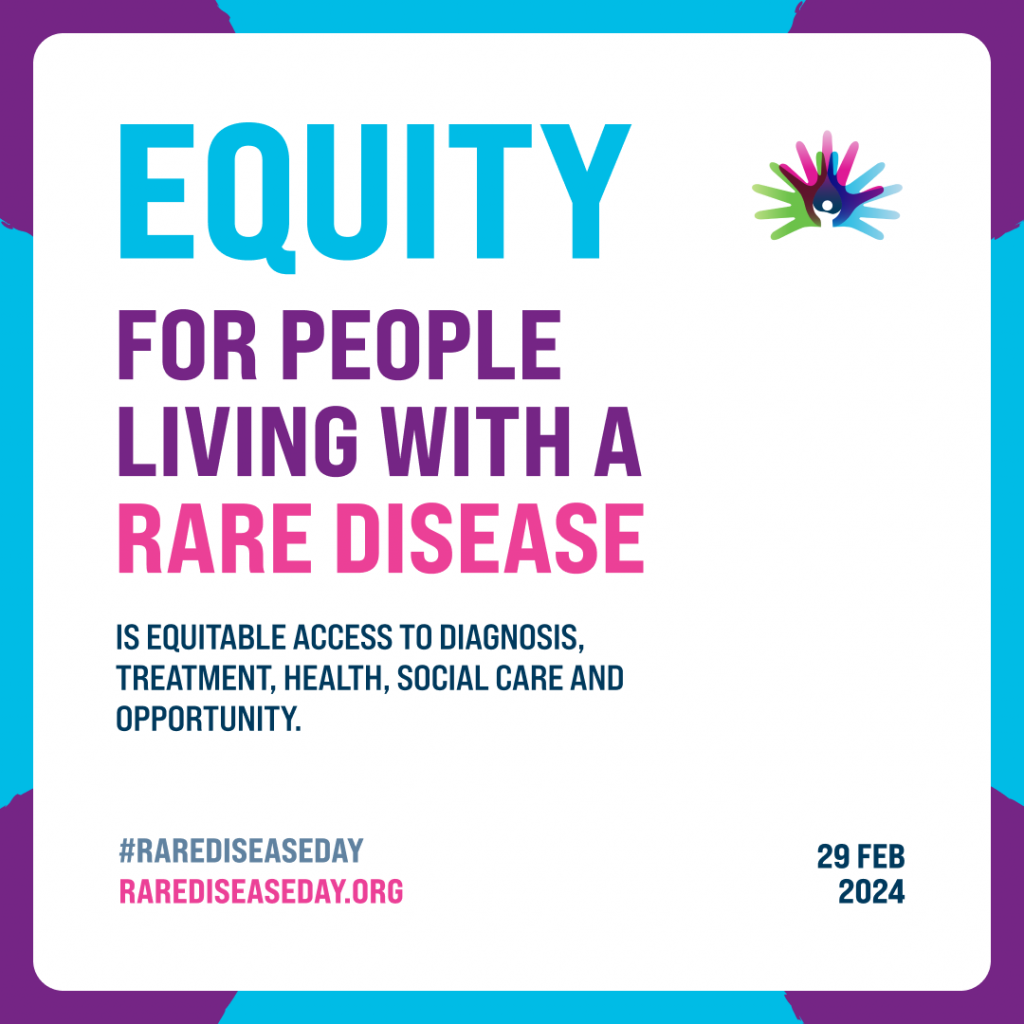“In the Netherlands, there was a large emphasis on personal responsibility in dealing with the COVID pandemic,” said Prof. Niels Chavannes (Leiden University, the Netherlands). “We were really astonished about the 200.000 downloads. This is really a lot for a small country like the Netherlands.” The COVID Radar app was launched in April 2020 with the aim to evaluate symptom load and behavioural aspects on a group level. Everybody was able to sign up, and the app was mostly downloaded in Amsterdam and Rotterdam, the two cities where most COVID-19 cases were identified. Besides symptoms and social distancing behaviour, the app also monitored the effect of easing the restrictions.
In the app, people were asked to report their symptoms, including less frequent symptoms such as stomach problems. The app was flexible and new knowledge, e.g. symptoms like smell or taste disturbances, could be easily included. A total of 20,000 to 40,000 users responded daily to questions. Despite a flexible lockdown in the Netherlands, the symptom load was seen to decrease over time. There were also clinically relevant differences between single regions in the Netherlands.
The app also shed light on the behavioural changes of the people. Compared with the situation before the so-called ‘intelligent’ lockdown, there was a stark decrease of social contacts and a decrease in travelling. “In the beginning of the pandemic, the elderly had an average number of close contacts. Later on, their contacts decreased because this age group was more careful. For us it was interesting to see how people pick up new behaviour on a population level in response to the COVID fatalities,” Prof. Chavannes said.
After the lift of the ‘intelligent’ lockdown, more symptoms were reported but not in the elderly population. “It spread much less than we feared, probably because the elderly really kept their distance, which is comforting us,” concluded Prof. Chavannes. Taken together, the app proved to be a useful tool to identify potential outbreaks on a geographical and populational level.
- Chavannes NH. Surveillance of COVID-19 with a radar app. Abstract 4954, ERS International Virtual Congress 2020, 7-9 Sept.
Posted on
Previous Article
« Smartphone-based cough detection helpful in predicting asthma deterioration Next Article
COVID-19: What is the risk of reinfection? »
« Smartphone-based cough detection helpful in predicting asthma deterioration Next Article
COVID-19: What is the risk of reinfection? »
Table of Contents: ERS 2020
Featured articles
COVID-19 and the Lung
COVID-19 infections: Bronchoscopy provides additional diagnostic certainty
COVID-19 vaccines: An ongoing race
COVID-19: What is the risk of reinfection?
COVID-19 App: The Dutch experience
Secondary pulmonary fibrosis: a possible long-term effect of severe COVID-19
COVID-19 survivors benefit from structured follow-up
Early pulmonary rehabilitation post-COVID-19 aids recovery
Asthma – What's New
Mild asthma: A fundamental change in management
Dupilumab shows long-term efficacy in asthma patients
Severe asthma: Oral corticosteroids maintenance therapy associated with toxicity
First-in-class tyrosine kinase inhibitor shows promise in severe asthma
Predicting individual effectiveness of biologics in severe asthma
IL-5 antagonist showed efficacy in chronic rhinosinusitis with nasal polyps
Treatment according to genotype: The future of asthma therapy?
COPD – The Beat Goes On
The role of chronic symptoms as early biomarkers of COPD development
Urgent call for studies in COPD patients aged 40-60 years
Nasal high-flow therapy: a novel treatment option for hypercapnic COPD patients
Exacerbation history is a reliable predictor of future exacerbations
Singing training effective as physical rehabilitation in COPD
Current prediction tools underestimate exacerbation risk of severe COPD patients
Exercise and Sleep: From Impaired Function to New Therapeutic Strategies
CPAP withdrawal has negative consequences for sleep apnoea patients
Physical activity improves AHI in sleep apnoea patients
The Tobacco Epidemic: From Vaping to Cannabis
Poly-use of nicotine products and cannabis: a deadly combination
E-cigarettes: A source of chronic lung inflammation
Social smoking: Do not underestimate the risks
Chronic Cough – State of the Art
LEAD study shows multiple phenotypes in many chronic cough patients
First-in-class P2X3 receptor antagonist shows promise for chronic cough treatment
Lung Cancer Detection
Lung cancer screening: Most patients not eligible 1-2 years prior to diagnosis
Distinct changes in lung microbiome precede clinical diagnosis of lung cancer
Best of Posters
Smartphone-based cough detection helpful in predicting asthma deterioration
Reduced lung function associated with cognitive decline in the elderly
Longer hospital stay and fewer transplants for frail ILD patients
Related Articles


November 28, 2019
Antifibrotic therapy slows disease progression in ILD

February 26, 2024
Join the conversation on Rare Disease Awareness Day
© 2024 Medicom Medical Publishers. All rights reserved. Terms and Conditions | Privacy Policy
HEAD OFFICE
Laarderhoogtweg 25
1101 EB Amsterdam
The Netherlands
T: +31 85 4012 560
E: publishers@medicom-publishers.com

